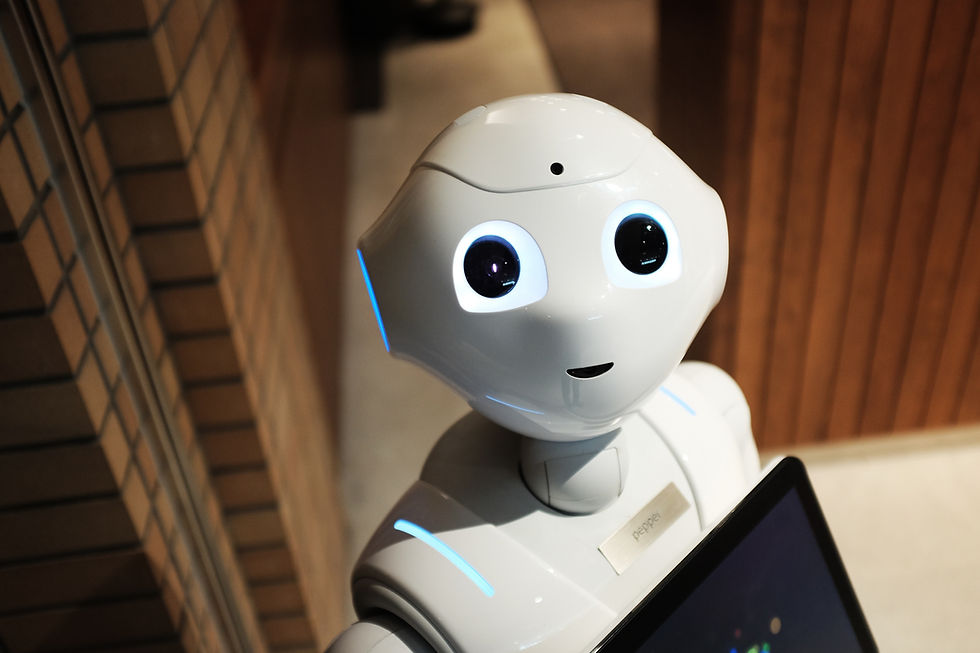Deep Learning vs Machine Learning
- Meenakshi Narayanan
- Aug 15, 2022
- 2 min read
By Meenakshi
The terms deep learning and machine learning seem like interchangeable buzzwords of the AI world. However, that’s not true. Hence, everyone who seeks to better understand the field of artificial intelligence should begin by understanding the terms and its differences.
What is machine learning?
Machine learning is the general term for when computers learn from data. It describes the intersection of computer science and statistics where algorithms are used to perform a specific task without being explicitly programmed; instead, they recognize patterns in the data and make predictions once new data arrives.
In general, the learning process of these algorithms can either be supervised or unsupervised, depending on the data being used to feed the algorithms.
Supervised learning makes use of a known relationship between input and output. This is where labeled data comes into play: The goal of the algorithm is to learn from “correct answers” in the training data and use the insights to make predictions when given new input data.
While supervised learning requires input-output pairs (or labeled data) to learn, unsupervised learning algorithms use input data only (unlabeled data). It’s less intuitive, this learning method is suitable for problems where we have little or no idea what our results should look like. The goal is to gain knowledge and find structure in the data.
What is deep learning?
Deep learning algorithms can be regarded both as a sophisticated and mathematically complex evolution of machine learning algorithms. The field has been getting lots of attention lately and for good reason: Recent developments have led to results that were not thought to be possible before.
Deep learning describes algorithms that analyze data with a logic structure similar to how a human would draw conclusions. Note that this can happen both through supervised and unsupervised learning. To achieve this, deep learning applications use a layered structure of algorithms called an artificial neural network (ANN). The design of such an ANN is inspired by the biological neural network of the human brain, leading to a process of learning that’s far more capable than that of standard machine learning models.
Today, deep learning is used in many fields. In automated driving, for instance, deep learning is used to detect objects, such as STOP signs or pedestrians. The military uses deep learning to identify objects from satellites, e.g. to discover safe or unsafe zones for its troops. Of course, the consumer electronics industry is full of deep learning, too. Home assistance devices such as Amazon Alexa, for example, rely on deep learning algorithms to respond to your voice and know your preferences.
What's the difference between deep learning and machine learning?
Machine learning means computers learn from data using algorithms to perform a task without being explicitly programmed. Deep learning uses a complex structure of algorithms modeled on the human brain. This enables the processing of unstructured data such as documents, images and text.



Comments